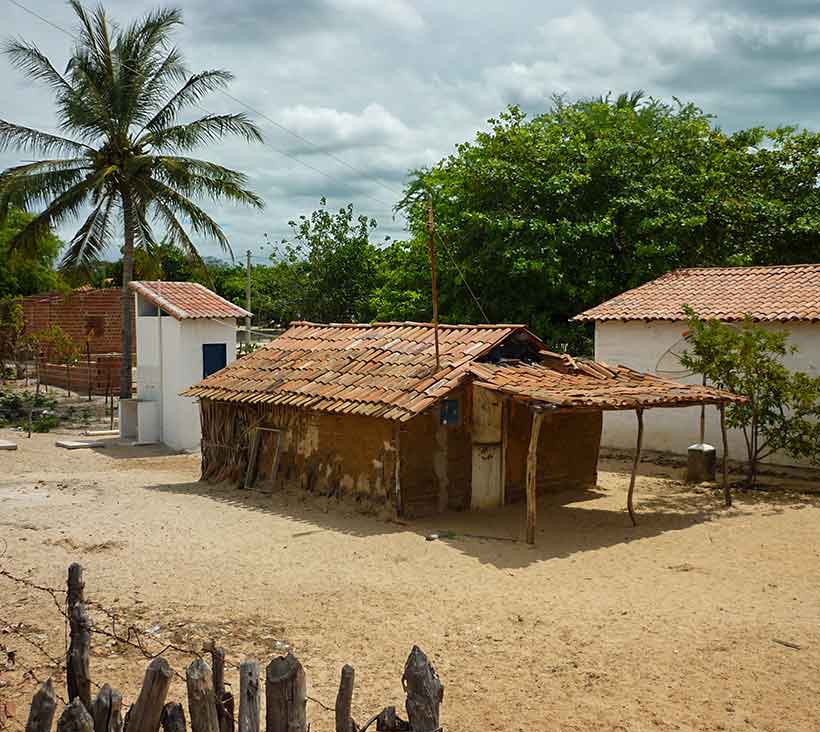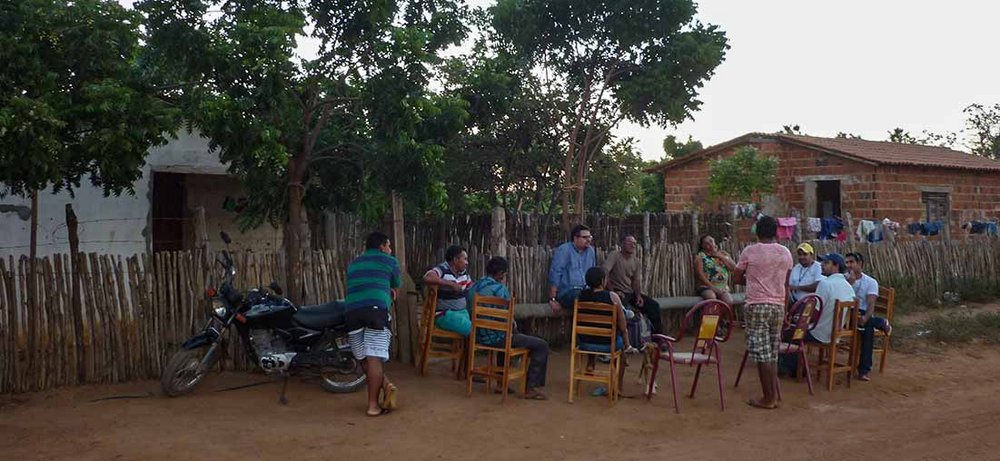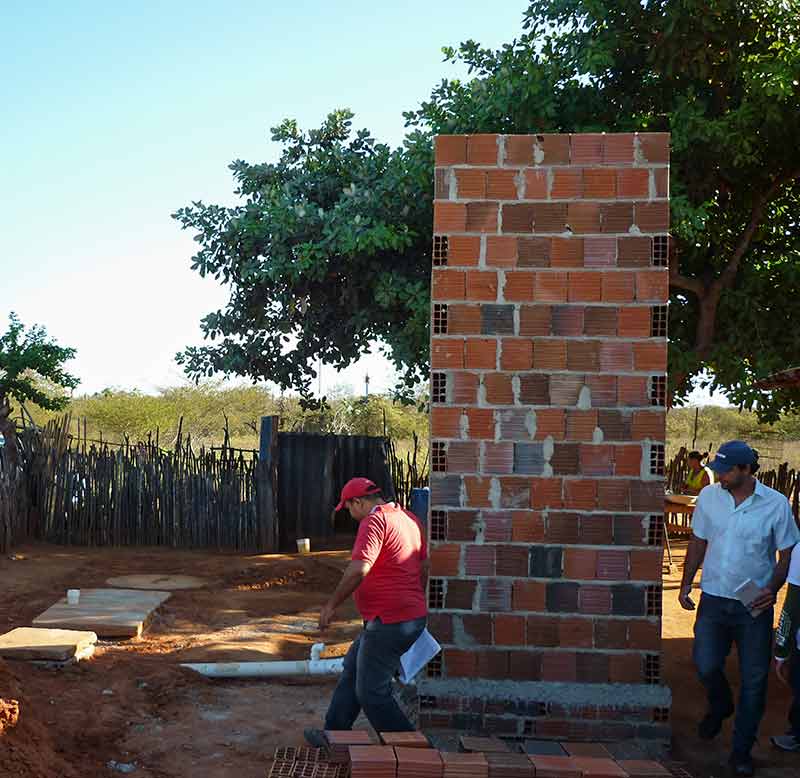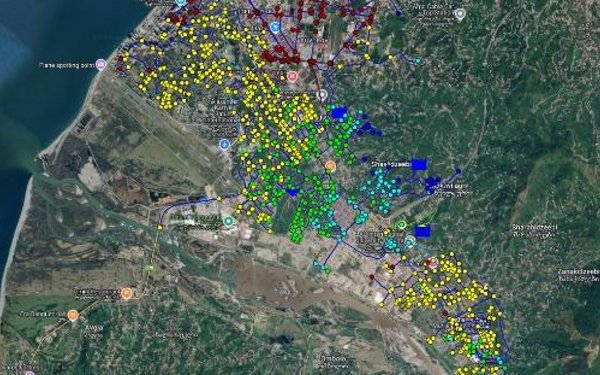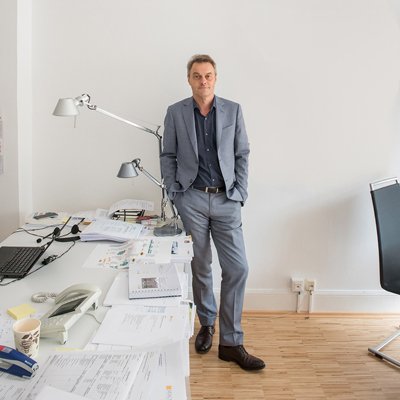In the context of the MACS activities in the Batumi Municipal Infrastructure Support Projects (Phase I-V) and the Ajara Rural Water Supply and Sanitation Project and the development and extension of the waterSmart tool based on collected data, the Hydraulic Expert Mr. Josep Pons was able to develop a case study together with the MACS climate consultant Nima Hosseini based on available data of the potable water system of Khelvachauri, Georgia: The study presents an enhanced version of the MACS Water Smart application, which integrates artificial intelligence and EPANET-based hydraulic modelling with GIS (geographical information system) functionalities to optimize water supply networks, with the goal in mind to support small and mid-sized water utilities to face persistent challenges due to limited technical expertise and financial resources, by improving effective management and decision making. The water system of Khelvachauri experiences significant pressure deficits, particularly in its southern area during peak consumption time. By employing machine learning algorithms, the WS tool automates tasks such as pipe diameter optimization and pressure recovery, gradually eliminating the total need for expert intervention. The Case study highlights the practicality of combining AI and hydraulic modelling for sustainable water management in resource-constrained settings, emphasizing its cost-effectiveness and potential for widespread adoption in small and mid-sized utilities, and has been published today in Volume 17 of the Water Journals published by the Multidisciplinary Digital Publishing Institute (MDPI).
Read the full research article "AI for Smart Water Solutions in Developing Areas: Case Study in Khelvachauri (Georgia)" here
